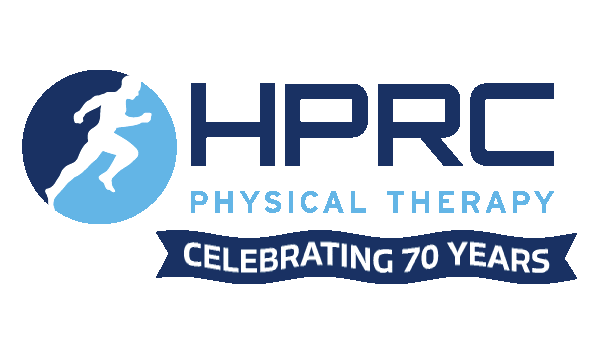For a growing number of professionals, the cumulative effects of working behind a desk can take their toll. Years of pecking away at a computer and talking on the phone can lead to a variety of issues, including headaches, stiffness, and pain in the shoulders, middle back and neck. There’s hope, though. These issues can be effectively addressed through physical therapy and by making adjustments to your everyday posture.
We see patients routinely who experience pain that we can link directly to the way they sit at work. The modern world has created all sorts of demands that don’t square with our bodies’ natural movements. We are not designed to perch in uncomfortable chairs six to eight hours a day, and as the years go by, our body rebels by expressing pain. Physical therapists address these issues by using interventions that can effectively remove stiffness. We also help patients strengthen muscles in the upper back to provide additional support to the neck and shoulders. And, we make specific recommendations for postural adjustments so that pain does not return.
Improving the way you sit at a desk goes a long way. Here are some recommendations:
- Your feet should touch the floor completely. For people under 5’5”, this can be a challenge as most desks are made for taller people. Use a box or stool if needed.
- You should be able to place your forearm on your desk or your elbows on arm rests while typing at a keyboard.
- Your knees should be at a 90-degree angle when you sit, making sure your knees are in line with your hips.
- Don’t crane your neck to talk on the phone. Use a headset.
- Ideally, your computer screen should be at eye level.
One of the most important issues to remember is that the body doesn’t like being stagnant. Set a timer and take a “micro-break” every 20 minutes. I can hear the work-a-haulics groaning, but this doesn’t have to take long – a mere 10-15 seconds is all that’s required to stand up and stretch. It’s a simple strategy that goes a long way in protecting your health and warding off pain.
Learn more about the benefits of maintaining good posture by reading the blog post, Good Posture Provides Tangible Benefits.



